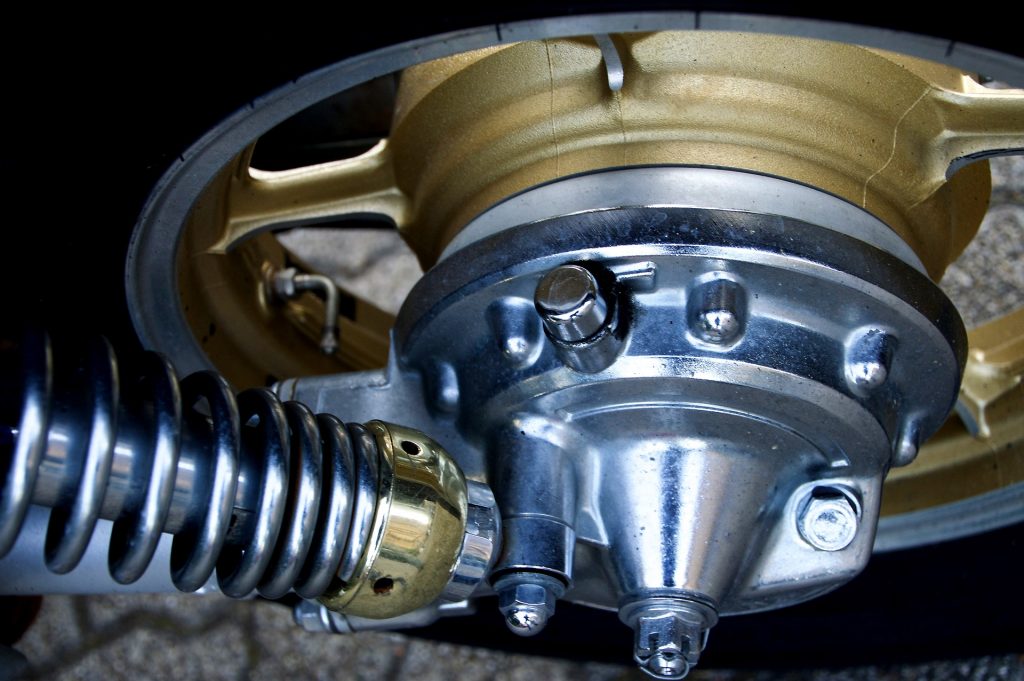Anyone who drives cannot deny the importance of the suspension system because the suspension is what prevents the car from unwanted jerks while going down rough roads. Not only that, but the suspension plays a role in preventing minor and major back injuries. However, the truth is that many people overlook the importance of the suspension system, which is why this article will go into more detail about how a vehicle’s suspension and shock absorbers work and how different ones work differently. With that said, continue to read on to learn more.
In short, the suspension is part of a vehicle, and its primary function is to negate the force that the vehicle gets from driving down the roadways. It’s designed to keep the cabin remaining still. The suspension deals with everything from cracks in the roads to potholes to small rocks to name a few. The suspension makes operating a vehicle much easier to do, but it does much more than that.
A Suspension’s Job
A suspension system is designed to ensure the cabin remains stable and comfortable, and to make sure that the vehicle remains in contact with the road, as well as that the driver has complete control over the tires. This might sound like a lot to take in, but before we discuss how this all works, you’ll want to understand how a suspension helps other factors such as control, comfort and contact.
Suspension: How Does it Provide Comfort?
So, how does a suspension provide comfort to the driver and the passengers? We’ll go into this by talking about how a suspension system actually works. The workings of a suspension will also explain how control and contact play into the suspension system.
How it Works
The principle of a suspension works by converting force into heat, which results in impact being removed. This impact would have otherwise impacted other things, but in this case, it would be the driver and anyone else in the vehicle. A suspension consists of struts, springs and dampers, all of them which help with force dissipation and converting that force into heat. The spring holes the energy, and the damper handles the conversion. Check out below to see how they complete this step.
The Spring and Energy Storage
The suspension’s spring is designed to store the energy that’s generated when the vehicle goes over bumps in the road. The energy is stored after it is compressed in size. As for how much energy a spring can hold, there are several factors such as the length of the spring, the materials the spring is made with and what the co-efficiency of the spring is. Some materials are capable of holding more energy, while some springs are made with materials that are not that durable, and as a result, this could cause the spring to falter.
Although there are many brands that make springs, there are two types that are used for a suspension system. One of those springs is called a leaf spring. The other is a coil spring.
The coil spring is the most commonly used spring for suspension systems. Leaf springs are usually used on solid axles in trucks. Leaf springs do a great job at storing very high amounts of energy, especially compared to how much energy a coil spring can store.


